Task force recommends Columbus City Schools board close nine schools, realign four
The Columbus City Schools Superintendent's Community Facilities Task Force has recommended to the school board nine schools that it believes should be closed, as well as four other schools recommended for grade realignment.
The board voted unanimously Tuesday to accept the recommendations from the task force, but plans to take more time to get additional feedback from the community before voting to close any schools.
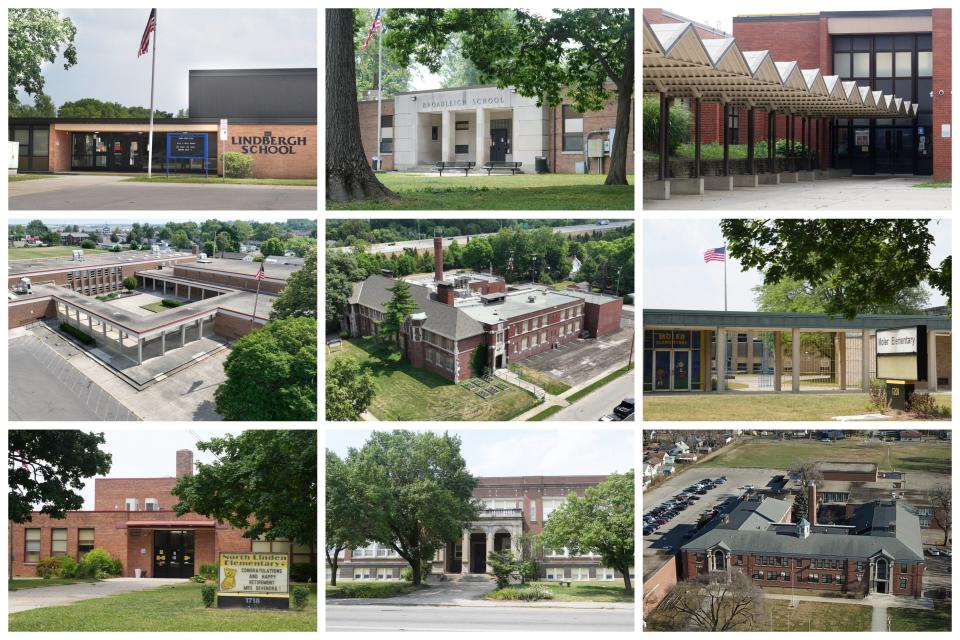
In a presentation during a Columbus City school board meeting Tuesday, the task force recommended that the board consider closing six elementary schools, two middle schools and a high school building. Last month, the task force presented options where up to 20 possible school buildings in the state's largest district could be closed under nine different recommended scenarios.
Superintendent Angela Chapman told The Dispatch in an interview on Monday that the work of the task force "has and always will be about centering the work on the needs of our students."
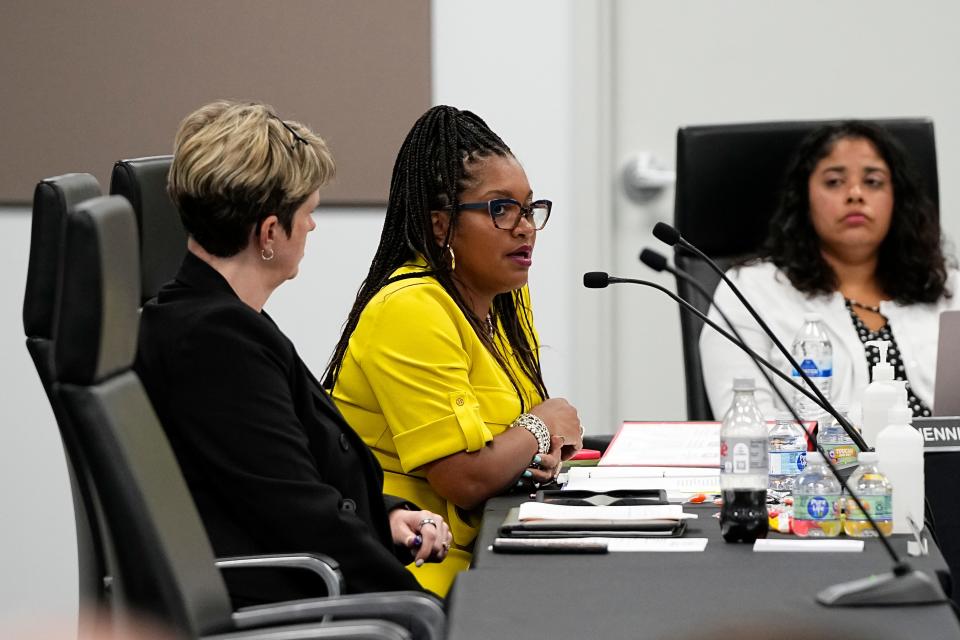
"We know that these are difficult conversations to have in our community, but that doesn't mean that we should shy away from them," Chapman said. "Our kids are depending on us to lean in and have these difficult conversations —so that we can provide them with the best opportunities, the best learning spaces, best facilities that they need."
The group said that the decisions were not necessarily based off of any of the nine scenarios initially presented to the board.
Al Edmondson, chair of the task force, said Monday that the group was laser-focused on improving the quality of education for students in the district. He said he wants the community to know that "we heard them" about concerns regarding the proposals.
"And we hear loud and clear — and we want what's best for the kids," Edmondson said.
Nine schools recommended for closure
Broadleigh Elementary School: Students would be redistributed among the Eastgate, East Columbus, and Fairmoor elementary schools. The task force said the transition will maintain the quality of education and provide students with a broader range of academic and extracurricular opportunities.
Buckeye Middle School: Students would move to Marion-Franklin High School, creating a 6-12 grade site.
Columbus City Preparatory School for Boys: Students would join the Columbus City Preparatory School for Girls.
Fairwood Elementary School: Students would be moved to the Ohio Avenue or Livingston elementary schools.
Lindbergh Elementary School: Students would be redistributed among the Binns, Burroughs, and West Mound elementary schools.
Moler Elementary School: Students would be moved to the Lincoln Park or Livingston elementary schools.
North Linden Elementary School: Students would be redistributed among the Huy, Maize, Innis, or Northtowne elementary schools.
West Broad Elementary School: Students would be redistributed to the Westgate, Highland, or Valleyview elementary schools.
McGuffey Road Facility: Columbus Alternative High School would move its programming to East High School, which would remain open and CAHS would share space in the building.
East High School was one of the buildings initially recommended for closing because of its small student population base. There were only 50 graduating seniors from East High's Class of 2023.
Task force also proposing grade band realignment of four schools
The task force also recommended the district modify the grade bands of four schools, meaning that the ages served by the schools would change:
Marion-Franklin High School: Students from Buckeye Middle School will move to Marion-Franklin, creating a 6-12 grade site.
Linden-McKinley STEM Academy: Consolidate sixth-grade students from the feeder pattern, creating a 6-12 grade site.
South 7-12: Consolidate sixth-grade students from the South feeder pattern, creating a 6-12 grade site.
Starling Pre-K -8: Merge sixth through eighth-grade students into Westmoor and Hilltonia middle schools.
Task force also recommends closing Downtown district office
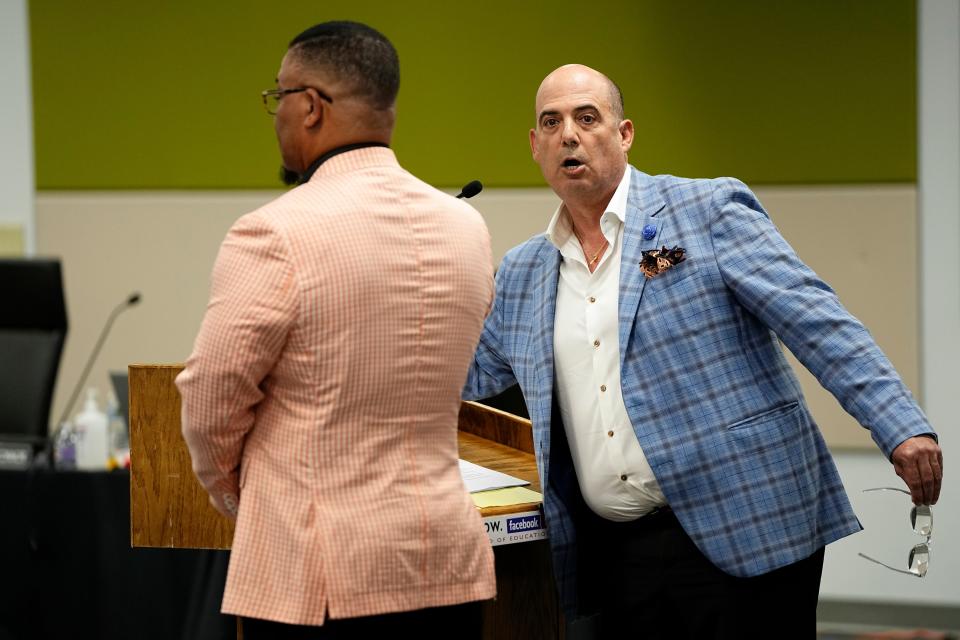
The task force also recommended closing the Columbus Education Center, located downtown at 270 E. State St., and relocate the administrators and staff working there to the district administrative building at 3700 S. High St., where most board meetings are currently held. The closure was not initially recommended by the task force.
The district said the task force recommendation is in response to the community requesting that the task force should also consider an administrative site for consolidation during the closure process. The closure of the Downtown location, however, would eliminate a central location for residents to attend school board meetings and leaves those living in the city's Northwest, Far North and Northeast sides driving a half-hour or more to the administrative building on the South Side, depending on traffic.
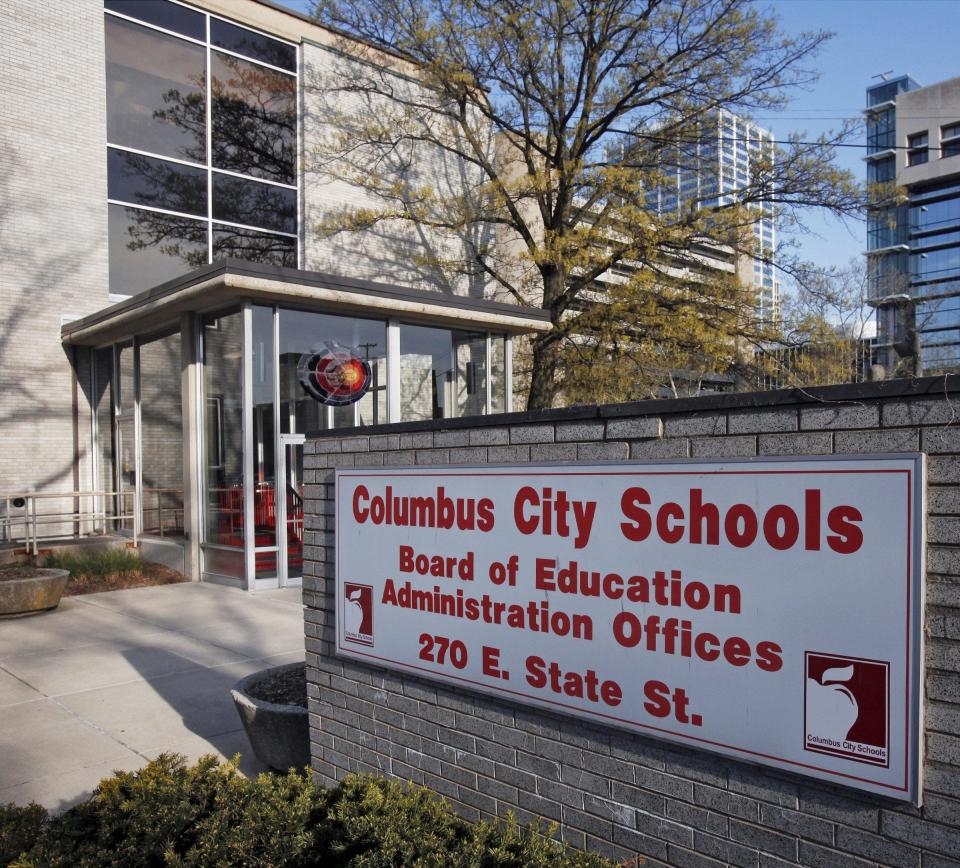
District says closures could save $90 million over 10 years
If the board approves the closures, the district could see up to $90 million in savings over a 10-year period, according to information the district presented this week.
The district could save as much as $7.4 million in permanent improvement savings, over $853,000 in maintenance costs and $788,000 in utility costs each year, according to its information.
District officials: mergers, redistricting could take years
District administrators told The Dispatch that even if closures are approved this year, closures and mergers could still be well over a year away. Chapman encouraged parents concerned about the future of their students' education "to take a deep breath" and recognize that the final recommendations have not been approved by the board.
The superintendent noted that the process could go beyond even when a parents' student is in a school slated for closure.
"You may have a student at Broadleigh Elementary School today, but you may not have a student at Broadleigh Elementary School by the time these decisions take effect," Chapman said.
Russell Brown, Columbus City Schools' chief of strategy and performance, said that even if the district closes schools, there would be a lengthy process of community engagement for determining the new boundaries of each school during the redistricting process.
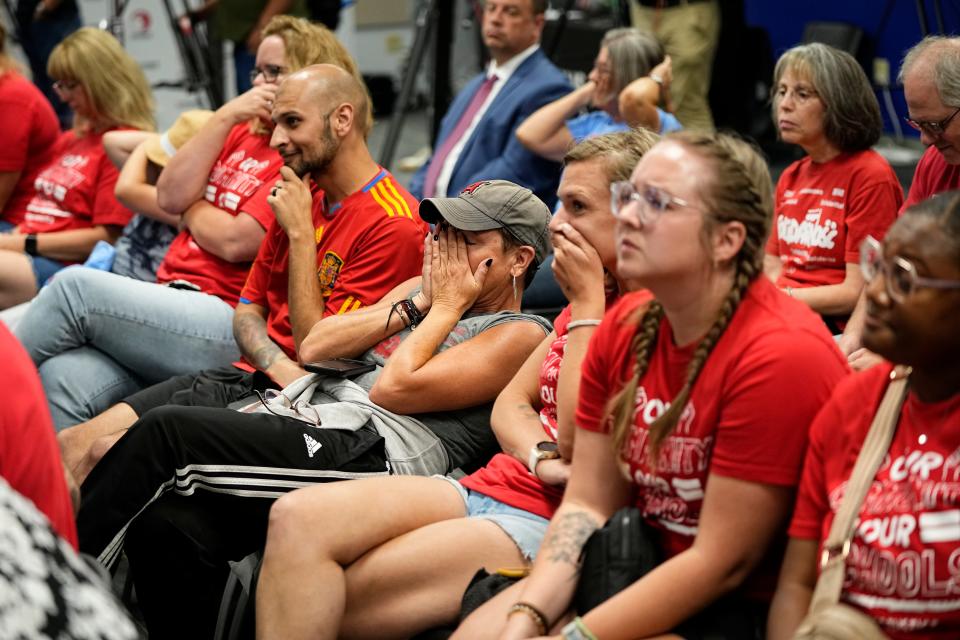
Why didn't some schools get selected for closure?
Some schools initially recommended for closure like Cranbrook, Siebert and Lindbergh Elementary Schools, which all have high English as a Second Language (ESL) programs, were not put forward in the final recommendations because of the challenges presented with transitioning students.
Chapman said "that any transition for the school communities, it would be setting them up for success, and providing them with more opportunities."
"Therein lies the inherent challenge in us being able to really consider transition those schools at this time," Chapman said. "We would have to build — build — bigger and better facilities to make that happen. And we're not prepared to do that today."
Will any jobs be at risk?
Chapman said the district "is not anticipating" that any jobs will be directly lost across teaching, staff or administrative positions as a result of closures, although the district can choose whether to fill vacant teaching positions.
She said that the mergers could offer an opportunity to maximize the resources that the district does have, including offering more regular access to gym, art and other elective programs.
"Instead of spreading our resources out over more sites, we're spreading our resources out over fewer sites," Chapman said. "So we should have greater capacity to meet the existing staffing needs that we have."
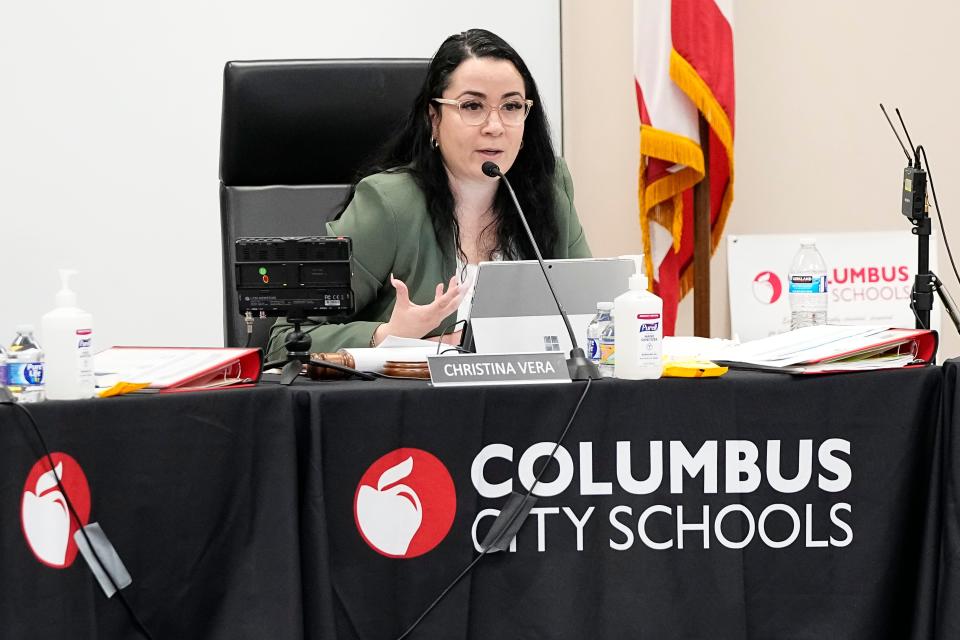
What could happen to closed schools?
Chapman said she had a vision of shuttered CCS schools being potentially used as a space for a community partnership offering early childhood education to pre-kindergarten children. She said that expanding access to early childhood education would benefit the district and hopes the city could offer universal access to children.
"That's one of the ways that I think that we could truly be working together with our community, to support the needs in our community — as well as the needs of the district — because they go hand in hand," Chapman said.
However, if the board should choose to sell the school buildings, the district would be required to first offer those properties to charter schools.
Under Ohio law, when a district declares a property "surplus," or property a government body does not need, it must first solicit bids from high-performing community or charter schools if it has been unused for over a year. Declaring a property surplus is different than maintaining a vacant property. If the district receives a bid, it must sell to the charter school at market rate. If more than one applies, it goes to an auction.
If no "high-performing" charter schools solicit bids, all other charter, STEM or college preparatory schools will be permitted to bid on surplus schools. Only then, if there are no takers, does the property go to the public for sale.
@Colebehr_report
This article originally appeared on The Columbus Dispatch: School closing task force: Close nine Columbus City schools

